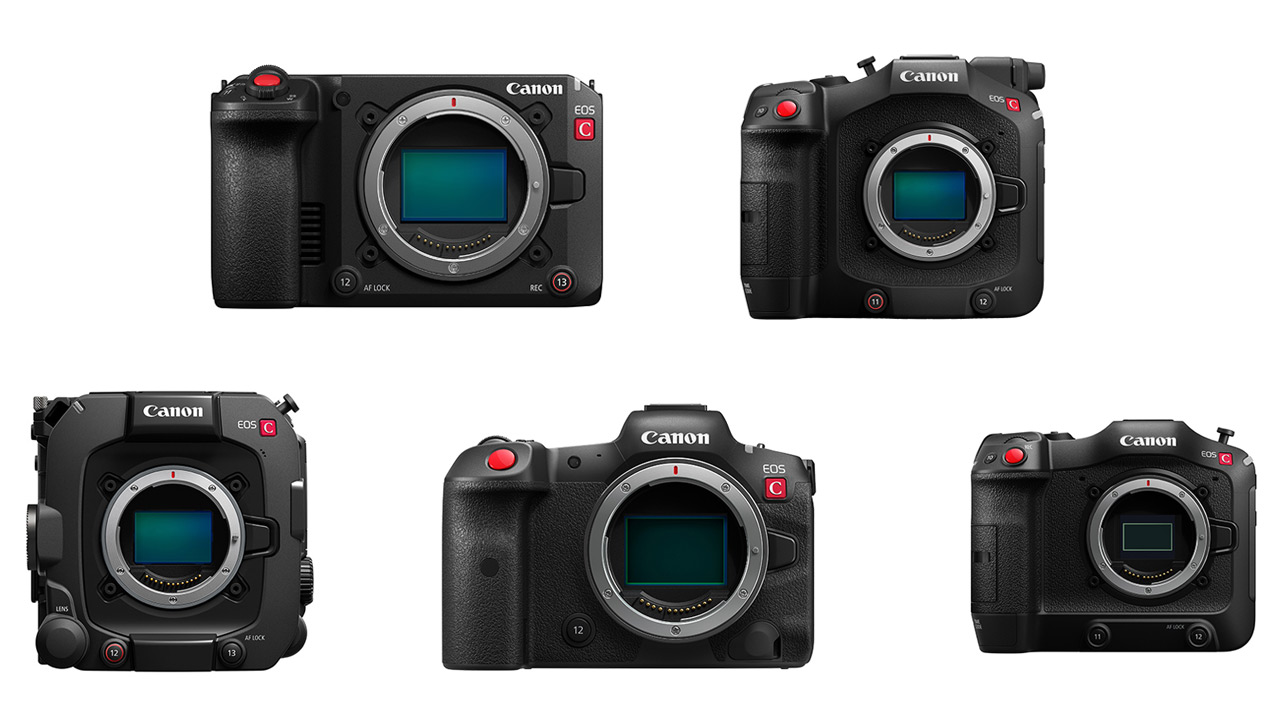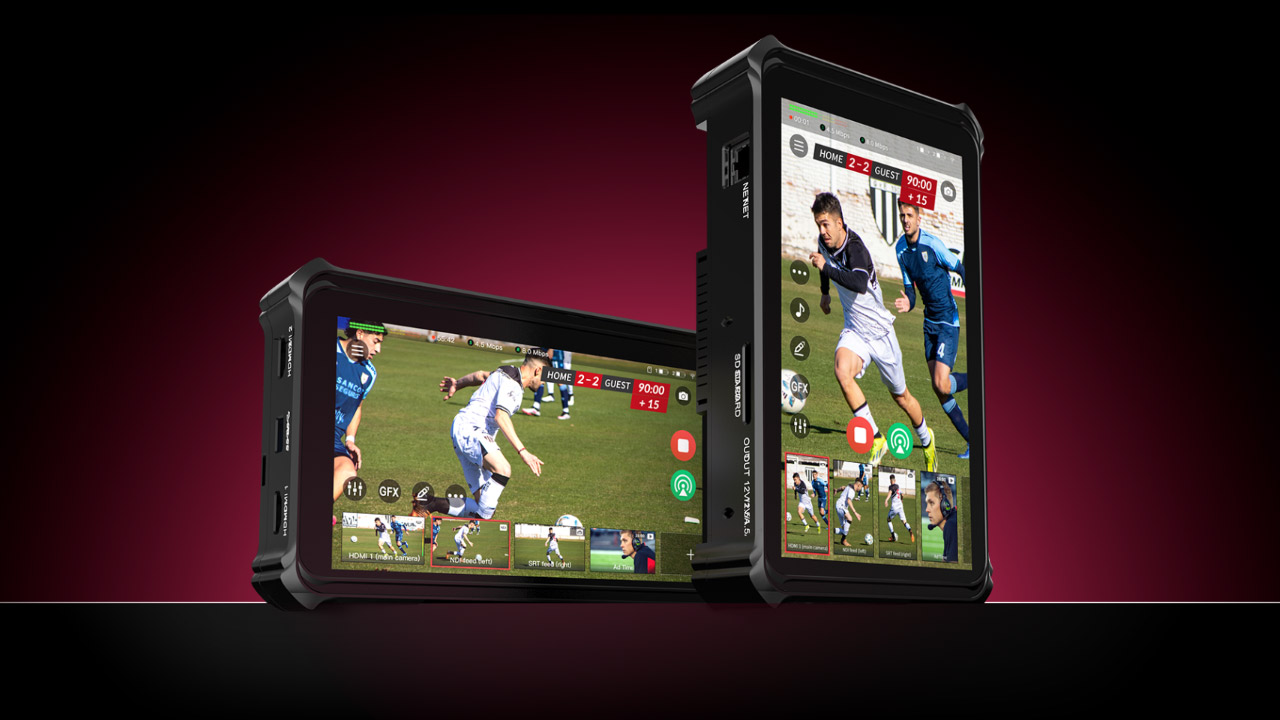
Recently, I had the opportunity to attend to some Chinese industry events. The visitors were around 20 members of the Shenzhen B2B Display System Industry Association (BDSA). The association’s members are mainly manufacturers involved in the production of LED/LCD displays, and their activities cover a wide range of areas, including not only the displays themselves but also materials, metal fittings, and molds. It is a large organization with over 800 member companies and 40 full-time staff members.
The shift in the LED/LCD displays industry
Recently, their activities have shifted to LED, and the purpose of this visit to Japan was to conduct market research, inspection, and information exchange on the Japanese market, particularly in the field of digital signage. This time, I attended for about two days on behalf of the Digital Signage Consortium (DSC).
On the first day, we held meetings with related Japanese companies, mainly four LED display user companies, at the DSC office in Takeshiba.
Needless to say, BDSA members are the world’s largest and most cutting-edge professionals in display manufacturing, but there are not many cases where they can fully understand or imagine the actual usage scenarios or the purpose of the users in the first place. This is the same for Japanese manufacturers.
Therefore, this time, discussions and inspections focused on the fundamental question of why users and location owners use digital signage in the first place.
Particularly heated discussions were held about the division of roles between LED and LCD, and the future of LED. First of all, many people believe that the dividing line between LCD and LED is 100 inches in size. However, I felt that in terms of actual needs at the workplace, the dividing line should be around 50 inches. Of course, there are many technical and cost challenges to miniaturization, but I strongly urged that these should be overcome and that they should be done.
We also discussed the possibility and need for further weight reduction and flexibility. There was a certain level of demand for transparent see-through materials. I agree. We also agree that the ceiling attracts attention as a location, but the floor does not.
On the second day, we gave a quick tour of major signage examples as a mini version of the Tokyo Signage Tour.
LED/LCD Displays Visits:
- JR Yamanote Line TRAIN TV
- Akihabara “CAP”
- Tokyo Dome City
- Tokyo Metro Marunouchi Line Tokyo Metro Vision
- Grand Cinema Sunshine
- Walk along Shinjuku Street from Shinjuku 3-chome
- Cross Shinjuku Vision
- Kabukicho Tower
- Shinjuku Wall 456
- Shinjuku BBB (BOX BLOCK BELT)
- Shibuya Scramble Crossing
- Cityscape (bus stop signage)
- Shibuya Sakura Stage
- Shibuya 55 Street Vision
- Big Signage Premium
- Shibuya Scramble Square Vision
However, unfortunately it rained on the day, and everyone had very little time to shop due to the short duration of their stay, so of course we shortened the itinerary in order to give priority to economic activity.
First, we took a look at the JR Yamanote Line TRAIN TV while we were traveling. Although signage inside trains is widespread in China, there are not many examples of it being combined with the door-mounted or more recently window-mounted channels. In particular, we were very interested in the content of the three-panel channel above the windows.

JR Yamanote Line TRAIN TVSince we were transferring to the Sobu Line at Akihabara, we got off the train and showed them AKIBA”CAP”, a 31-meter belt-shaped LED display medium. We explained that this medium is currently purchased by one company. There was interest in the installation and construction of the curved shape. Participants started discussing the gaps that had appeared in some areas.

Next, we went to Tokyo Dome City. Here, we saw examples of displays of various shapes, including LED/LCD displays, being effectively placed in various places throughout the city. We introduced the different uses depending on the location, and the motion graphics of Tokyo Dome City, which were created through unified creative work as the media for the city.
This was my first visit in about six months, and I noticed that a new free-standing display dedicated to guide signs had been added, with motion graphics also being displayed periodically.



There are almost no examples in China of such a huge facility, or even a city-level total coordination. Therefore, rather than simply placing displays, the importance of media design and communication design was apparent.
Outdoor Displays
Next, we were supposed to take the Marunouchi Line to Grand Cinema Sunshine in Ikebukuro, but we decided to skip that because we wanted to hurry on. We took the Sobu Line to Shinjuku.
First, in Shinjuku, the participants experienced the now world-famous and now completely tourist-like Cross Shinjuku Vision’s “Shinjuku East Exit Cat.” All the participants were aware of this example, of course, but for many it was the first time they had actually seen it. It had been a while since I last experienced it, but the quality of the content remains extremely high. I was reminded once again that the three-dimensional appearance is also overwhelmingly superior to anything else.

One of the participants, the president of a creative company, talked about the perfect balance between the cats and the advertisement, and the reason for the three-dimensional look of the creative. He was impressed that the motif of cats was an important point for continuous creative work. Even so, it is still a popular photo spot for inbound tourists, and I was surprised to see more than 30 foreigners pointing their cameras at it at any one time.
Returning to JR Shinjuku Station, we went to the 45.6-meter LED vision “Shinjuku Wall 456” in the free passage. We were shown the media space set with the LDC in Hashirama Ward on the other side. It was a little disappointing that we were not able to see the light show-like production at the time we were there.

We then moved to Shinjuku BBB at the south exit of Shinjuku Station. This place is much smaller than subway stations in China, but I couldn’t help but be amazed at how the place was completely covered in LEDs. There is no other station like this anywhere in the world.
He also noted that the pillar-wrapped signage was LED, not LCD. This is because pillar-wrapped signage is actually rarely seen in China. Signage at Chinese stations is dominated by huge 300-inch class LEDs installed on the walls of vast spaces that are more than three times larger than those in Japan. In comparison, he was surprised that there was a need for such a small LED display in such a small space.

End of the Tour:
At this point in the LED/LCD displays tour, it was around 3pm. We didn’t go to Shibuya and finished our tour here. Everyone went off to do their shopping.
My impression throughout the entire tour was that manufacturers are realistic. They are not very proactive in investing in or researching and developing new products to meet potential needs.
However, I hope that by seeing the situation in Japan with my own eyes and exchanging opinions in this way, more companies will take a step forward. It is no exaggeration to say that the future and development of the digital signage market depends on the display device, the LED display.
WRITER PROFILE
A digital media consultant specializing in areas ranging from broadcasting to the Internet, he also serves as executive director of the Digital Signage Consortium.








